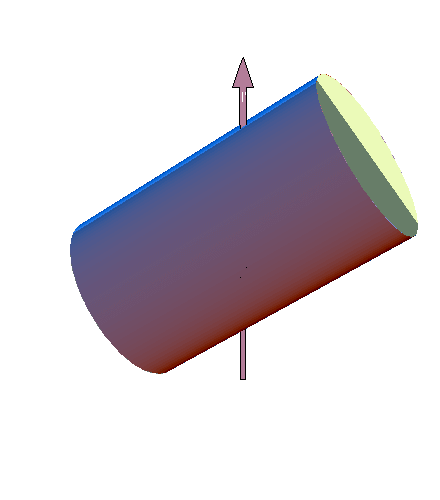The primary focus of my research is to expand the capabilities of experimental techniques for probing the structural and physical properties of molecules important in chemistry and biology. I use state-of-the-art nuclear magnetic resonance (NMR) spectroscopy and non-invasive magnetic resonance imaging (MRI) techniques in cross-disciplinary research subjects such as protein structural biology and cell tracking in vivo.
Nature, 2012, Vol. 491
First NMR structure of a human chemokine receptor in phospholipid bilayers.

Concurrent CP at 60 kHz MAS (Journal of Magnetic Resonance, 2016, Vol. 262.)
New class of solid-state NMR experiments that utilize 1H detection with 60 kHz magic angle spinning (MAS); simultaneous cross-polarization from 1H to 15N and 13C nuclei; bidirectional cross-polarization between 13C and 15N nuclei; detection of both amide nitrogen and aliphatic carbon 1H; and measurement of both 13C and 15N chemical shifts through multi-dimensional correlation experiments. Two separate three-dimensional spectra correlating 1Ha/13Ca/1HN and 1HN/15N/1Ha are recorded simultaneously in a single experiment, demonstrating that a two fold savings in experimental time is potentially achievable. Spectral editing using bidirectional coherence transfer pathways enables simultaneous magnetization transfers between 15N, 13Ca(i) and 13CO(i-1), facilitating intra- and inter-residue correlations for sequential resonance assignment. Non-uniform sampling (NUS) is integrated into the experiments, further reducing the length of experimental time.

MACSY: A new class of pulse sequences
for rapid data collection in NMR,
Journal of Magnetic Resonance, 2014, Vol. 245
Multiple acquisition spectroscopy (MACSY) experiments that enable four different three-dimensional spectra to be recorded within a single experiment time with a single receiver, demonstrating potential saving in experimental time.






